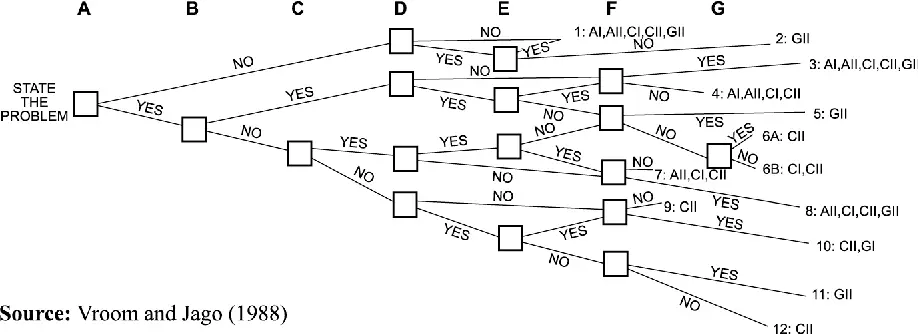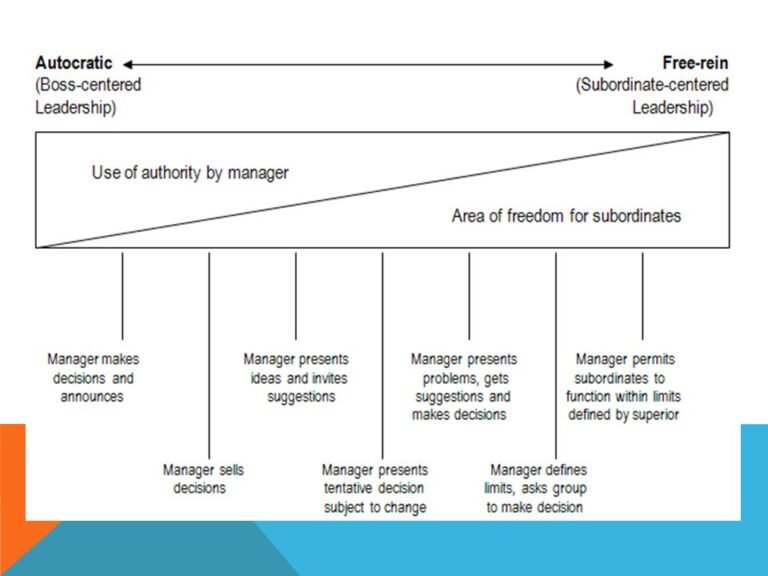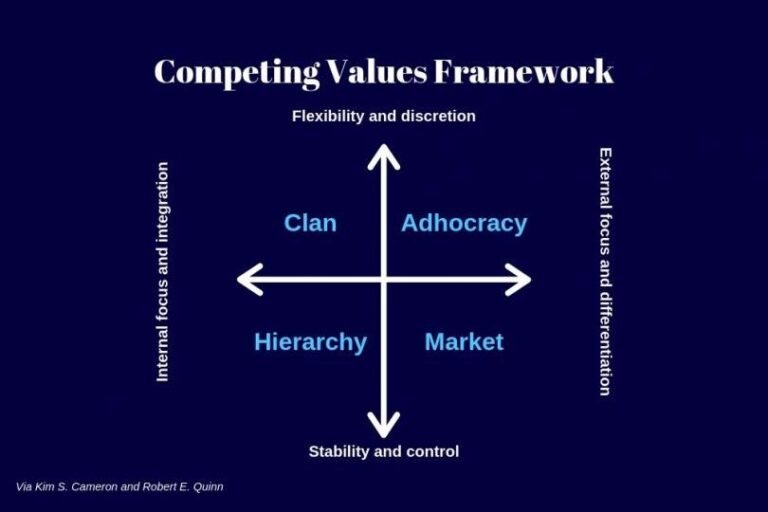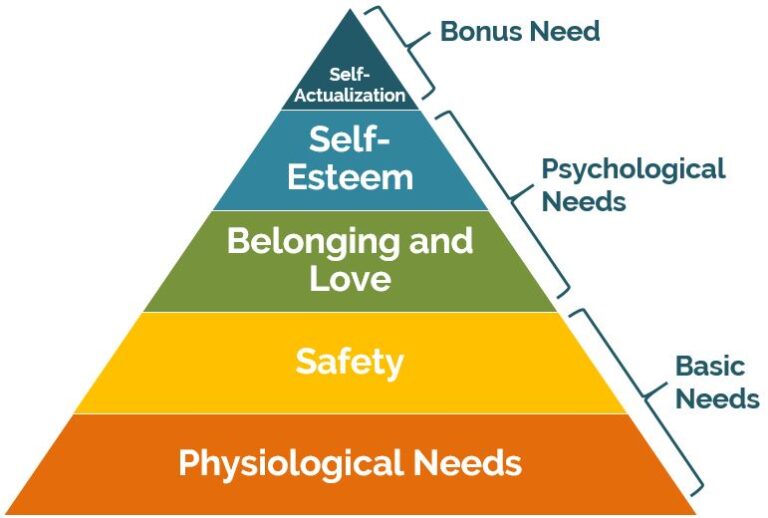Vroom-Yetton Decision-Making Model | Vroom Yetton Model Pros and Cons
What is Vroom-Yetton Decision-Making Model?
The Vroom-Yetton contingency model is the situational leadership framework in industrial and organizational psychology founded by Victor Vroom in conjunction with Phillip Yetton (1973) and later with Arthur Jago (1988).
The situational theory maintains that the best style of leadership depends on the situation. This model recommends the use of leadership models for collective decision-making. The Vroom-Yetton-Jago model employs a decision tree for determining the right mode of decision making under different conditions.
According to this model, the decision-making process’s effectiveness depends on several aspects of the situation. These aspects include;
- The importance of decision quality and approval
- The amount of time required for the decision-making.
- The likelihood that the subordinates will accept an autocratic decision or cooperate in trying to make a good decision if they are allowed to participate. The amount of disagreement among the subordinates about their preferred alternatives.
Importance of Decision Quality
The decision to devote a large number of resources to and every decision you make is not always an effective course of action. Pick and select your spots, and spend a great deal of time and energy in decisions that will truly define your organizational future.
Level of Collaborative Decision Making
The manager can make a one-person decision that does not require feedback from the team, but is this really worth it? Adding more people to the decision-making process increases the quality of output and the time needed for a decision.
Time Constraints
What is the time available for the decision-making process? The more time available to the manager, the better quality verdict can be reached, and more team members can be consulted.
Vroom-Yetton-Jago model Decision Tree
The decision model of Vroom-Yetton-Jago is a framework to support managers in the selection of a decision-making approach. Just as, in situations, no single approach to decision-making is satisfactory, the model guides people through seven questions to one appropriate to their situation.
The Vroom-Yetton-Jago decision tree model for assessing the extent of group engagement in the decision-making process allows the leader to diagnose the problem situation and the impact that participation would have on the quality of the decision, the level of acceptance of the team members, and the time available to make the decision.
To define the leadership style required in specific situations, the following seven questions should be answered:
- Is the quality of the decision important? (A)
- Is team commitment important for the decision? (B)
- Do you have enough information to make the decision on your own? (C)
- Is the problem well-structured? (D)
- Would the team support your decision if you made it alone? (E)
- Does the team share the organization’s goals? (F)
- Is there likely to be conflict amongst the team over the decision? (G)

💥🎁 New Year & Easter Deals On Amazon !
Don't miss out on the best discounts and top-rated products available right now!
🛒 Shop Now and Save Big Today!*As an Amazon Associate, I earn from qualifying purchases.
The model consists of three types of leadership:
- Autocratic (AI & AII): the leader makes a decision and informs others
- Consultative (CI & CII): the leader gathers information from the team before making a decision
- Collaborative (GII): the team works together to reach a consensus.
Autocratic Type 1 (AI)
The leader makes the decision alone, without input from others.
Autocratic Type 2 (AII)
The Autocratic Type II quadrant is the second of leadership styles. This style involves an authoritative and controlling approach to management that is either directive or supportive in nature. The leader collects information from some followers then makes decisions alone.
Consultative Type 1 (CI)
The leader engages the followers in a group discussion about the problem and then makes the decision after hearing their input.
Consultative Type II (CII)
In a level setting, the leader shares the problem with relevant followers. The leader then makes the decision after hearing input and discussion from those in the team.
Group-Based Type II (GII)
Group-Based Type II (GII) is a collaborative process that often results in the best possible solution.
Group members come up with ideas together and discuss them until they agree on one. The leader accepts his followers’ decisions without any resistance.
Vroom Yetton Model Pros and Cons/ Advantages & Disadvantages
Vroom Yetton Model Pros /Advantages
- The advantages of the Vroom-Yetton-Jago model are its versatility and its ability to coordinate the decision-making process. The model is highly versatile, and the choices allow the leader to make the right decision based on every circumstance. The model can also provide a process for leaders to experience the decision-making process as an objective.
- Vroom-Yetton-Jago model has a mechanical procedure to arrive at a decision-making process.
Vroom Yetton Model Cons /Disadvantages
- The Vroom-Yetton-Jago model also has a few drawbacks. For example, the leaders’ individual variables and characteristics are not considered, and the model surveys are unlikely to be sufficiently clear to establish the perfect decision-making strategy.
- It is unclear if this model could be used in large groups.
- The decision-making process can be too mechanical to consider the subtleties of decision-making, such as shifts in emotions and general changes.


